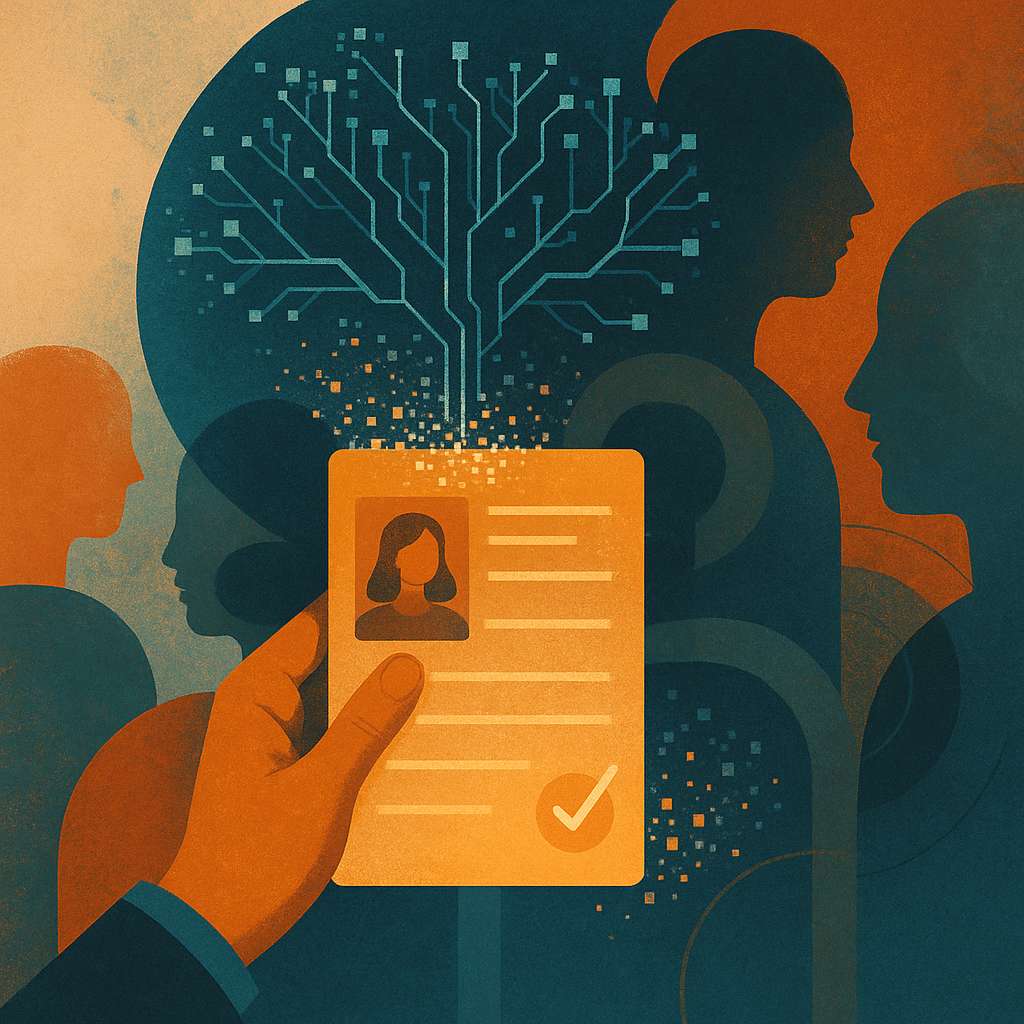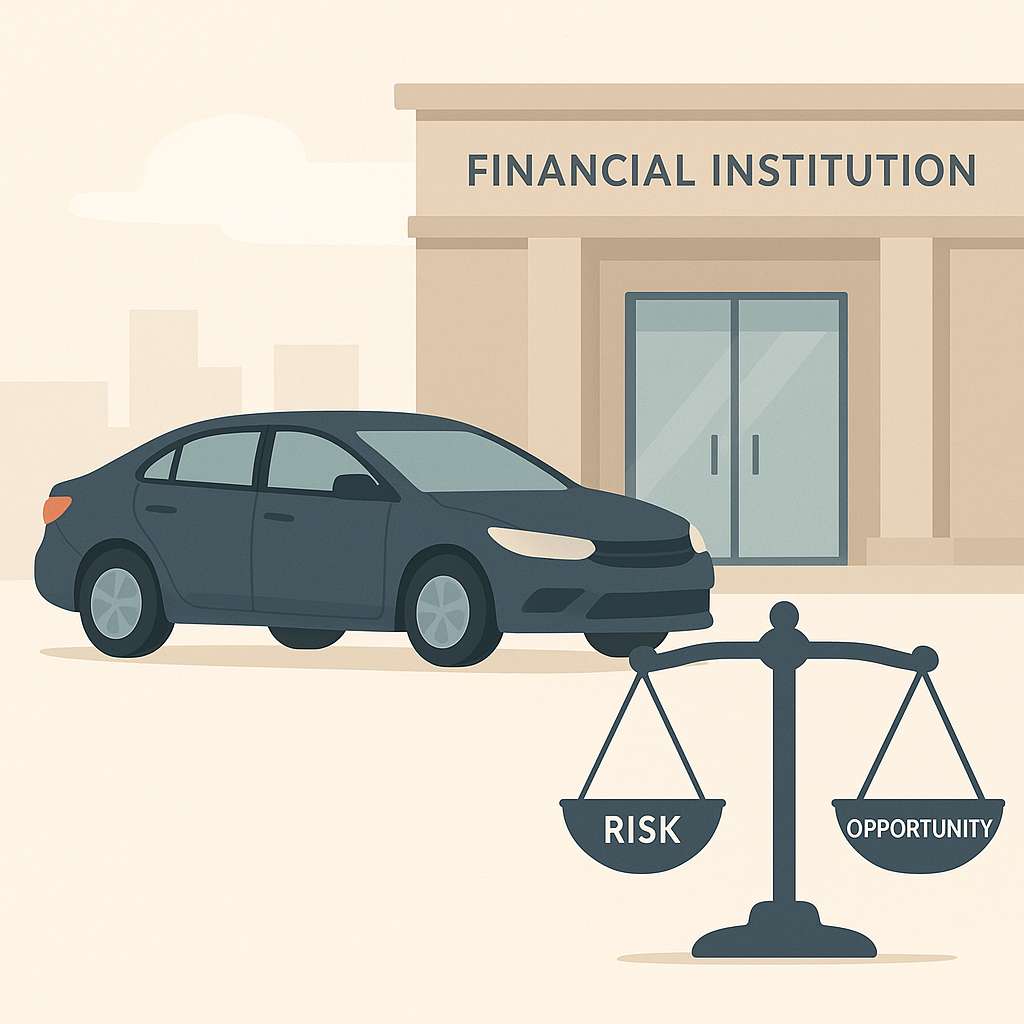AI in loan approvals: The invisible force behind fintech decisions
The rise of personal loan fintechs has introduced a new judge to the creditworthiness courtroom: artificial intelligence. As these platforms gain popularity for their speed and accessibility, the real decision-maker often isn’t a human at all. In this article, we’ll unpack how these systems operate and how they’re quietly shaping your financial future — sometimes without you even realizing it.
This shift is more than just automation — it’s a redefinition of how risk is calculated. We’ll explore how data is fed into smart algorithms, why some applicants get approved in seconds, and what this means for financial inclusion. Whether you’ve already used one of these platforms or are just curious, understanding how digital underwriting works can help you navigate the system to your advantage.
Behind the screen: how algorithms decide your fate

Traditional banks have long relied on credit scores and human analysts. But fintech lenders use machine learning to spot patterns in behavior, payment history, and even seemingly unrelated data. AI in loan approvals isn’t just about speed; it’s about depth. These tools can analyze thousands of data points in seconds — far beyond what any loan officer could process manually.
The advantage? Decisions become faster, often within minutes, and the criteria can be more flexible for applicants with thin credit files. But this doesn’t mean the process is more transparent. In fact, many users don’t fully understand how the final judgment was made. This lack of clarity can lead to confusion or even feelings of discrimination — especially when denied with no explanation.
The new credit profile
One major shift brought by fintech platforms is the redefinition of what counts as “creditworthy.” Instead of relying solely on FICO scores, these systems may analyze social media habits, smartphone usage patterns, or transaction behaviors. A person who pays rent digitally and saves regularly might get a better offer than someone with a traditional job but poor saving habits. A 2024 survey by CB Insights found that over 45% of alternative lenders now include non-traditional data in their evaluations.
The double-edged sword of efficiency
On the surface, tech-driven lending promises inclusion and agility. People with limited credit history — such as students or immigrants — may finally have a shot at fair financing. But the downside is that AI models are only as good as the data they’re trained on. If past data includes bias, the system can unintentionally reinforce it. And when algorithms quietly inherit historical inequalities, entire groups can be excluded without a single human decision-maker ever stepping in.
A Harvard study from 2023 showed that some AI tools inadvertently penalized applicants from low-income zip codes, even when other variables were neutral. This isn’t intentional discrimination — it’s pattern recognition gone awry. For consumers, this means being cautious: even a fast “yes” or “no” might be the result of flawed or opaque logic. Understanding the logic behind these systems is no longer optional — it’s a key part of financial self-defense in the digital age.
What you can do about it
If you’re applying for a loan through a tech-based platform, don’t assume traditional rules still apply. Focus on maintaining a healthy digital financial footprint: pay bills on time, minimize unnecessary debt, and keep your bank transactions clean and consistent. These habits are now just as important as your credit report. It also helps to choose fintechs that offer transparency about their criteria. Some platforms let you pre-check rates without affecting your score or show what data they use.















